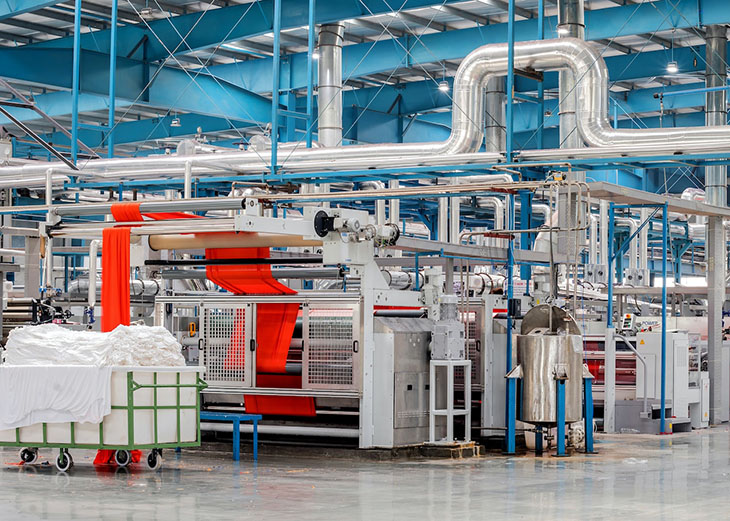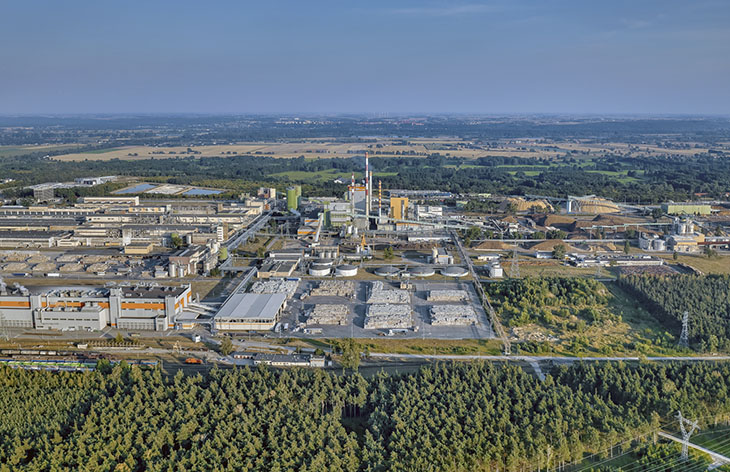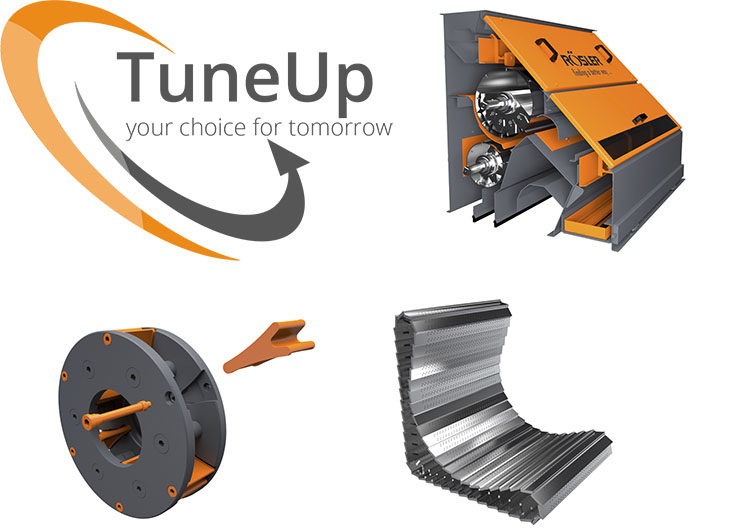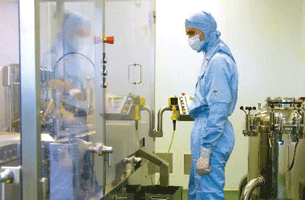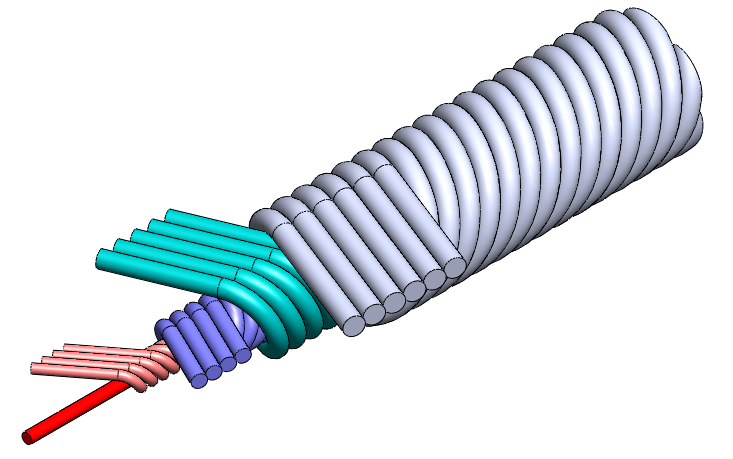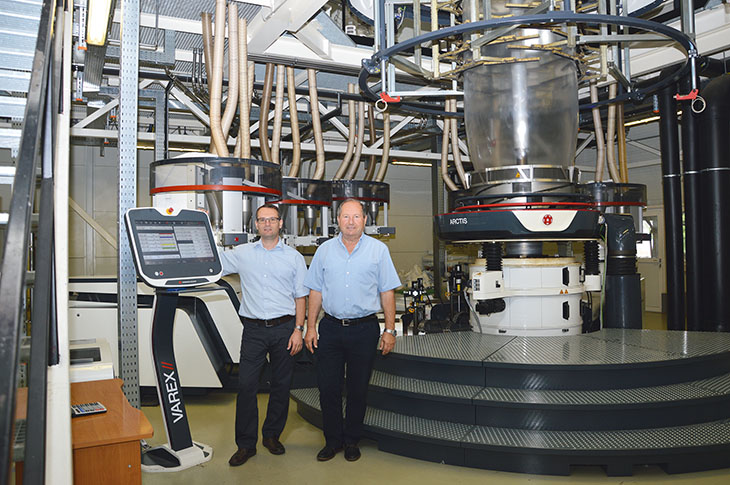Dust piles underneath production lines and various liquids seep between gears and rivets. A few oversights are inconsequential, but over time, they ruin productivity and cost industries countless dollars. The benefits of industrial cleaning arise when professionals invest in deep cleansing and regular maintenance.
Here is how to leverage internal staff or third-party contractors to prioritize cleaning for saving money and increasing business resilience. The results are well worth the effort and pay off in more ways than one.
Increasing Workplace Wellness
Industries waste money annually because of poor workplace conditions. Neglecting cleanliness spreads minor to severe illnesses and potentially long-term, chronic diseases, depending on what the industrial environment contains.
An industry focusing on batteries or cutting metals has toxic substances and shavings everywhere. Leveraging industrial cleaning equates to improved worker health, which forges a better bottom line by:
- Reducing turnover and talent acquisition budgeting
- Increasing retention
- Minimizing workers’ compensation claims
- Decreasing absenteeism
- Reducing the spread of airborne illness
- Lowering chances of injuries
- Improving mental health and quality of life
Absenteeism costs companies in the U.S. $309 billion yearly and industries in the EU $470 billion. Growing absence rates in manufacturing, warehousing and construction denote worker wellness concerns, many from unsanitary environments. Most causes of absenteeism are preventable. Many show up for a shift despite illness or injury, potentially worsening or spreading symptoms — also known as presenteeism.
For example, clean working spaces reduce clutter and unnecessary hazards, eliminating concerns of people falling or slipping on concrete floors or massive metal machinery. Proactive investments into workplace cleanliness and wellness always win during a cost-benefit analysis instead of spending funds on absenteeism. This is one of the biggest benefits of industrial cleaning.
Encouraging Seamless Productivity
The cleaner an industrial outfit is, the better it runs practically and emotionally. One outlook is that a more attractive working space motivates people and lessens mental barriers to starting a job.
Another perspective is that clean workplaces eliminate tangible hindrances to productivity, such as dust collecting in computer fans or noxious air particulates irritating workers’ eyes. Removing inefficiencies increases bottom lines with faster deliverables.
Employees don’t have to clean the place with buckets of water and sponges. Automated cleaning tools reduce worker stress and make them more productive. This enables staff to spend more time on high-value tasks, continuing to increase bottom lines with process improvements or heightening product output.
Productivity also increases workplace morale, which assists initiatives to improve enterprise health and wellness for employee well-being. Cleanliness requires decluttering and organizing, boosting productivity by clearing out unnecessary tools and peripherals, and making resources easier to locate.
Greater adherence to the law is an unexpected productivity benefit from industrial cleaning. For example, old paint or chemical buildup needs periodic cleaning with safe materials that have regulatory approval. Companies must refrain from using toxic methods or holding onto waste unsafely, which could harm productivity and hinder workers attempting to perform tasks. Compliance indirectly improves productivity by keeping industries up with regulatory changes instead of waiting until last-minute audit preparations.
Minimizing Maintenance Expenses
Grime, rust, chemicals, oils, dust and other unwanted materials degrade business-critical machinery. It forces unplanned downtime and catalyzes breakdowns. The world’s leading manufacturers may lose upwards of $1.5 trillion to machine failures because of costs associated with equipment breaking or failing before its intended life cycle. The related charges include:
- Idle labor
- Lost revenue
- Tossed or defective products
- Resources involved in shutting down and restarting production
- Wasted energy
Companies will spend less time and money purchasing and installing new tech and equipment if they clean and take care of it according to manufacturing specs. Enterprises must view cleaning as insurance on the assets that lay the foundation for resilient bottom lines.
Cleaning removes influences that cause wear and tear and makes individuals or robots more intimately familiar with the parts. Staff may soon recognize if a single bolt is missing because grime dislodged it or if dust forced a belt to move slightly slower. The increased awareness notifies workers when it is time to replace something or if a part functions irregularly.
A well-maintained machine prevents unnecessary downtime while increasing equipment life spans. Numerous simultaneous replacements across a multibillion-dollar industry may upend budgets for years. Execution of attentive cleaning schedules staggers expenses related to equipment replacements and overhauls.
The Benefits of Industrial Cleaning
Every boon from industrial cleaning amounts to saving bottom lines. Boosting productivity, increasing machines’ longevity, and fostering a healthier workplace directly or inadvertently keeps hard-earned money within the company.
Financial gains are the most noticeable benefit of industrial cleaning. Still, every side effect of making an effort improves the worker experience and provides higher-quality products and services to clients. No matter how you look at it, the benefits of industrial cleaning are always a clear win-win and something all companies should implement.









